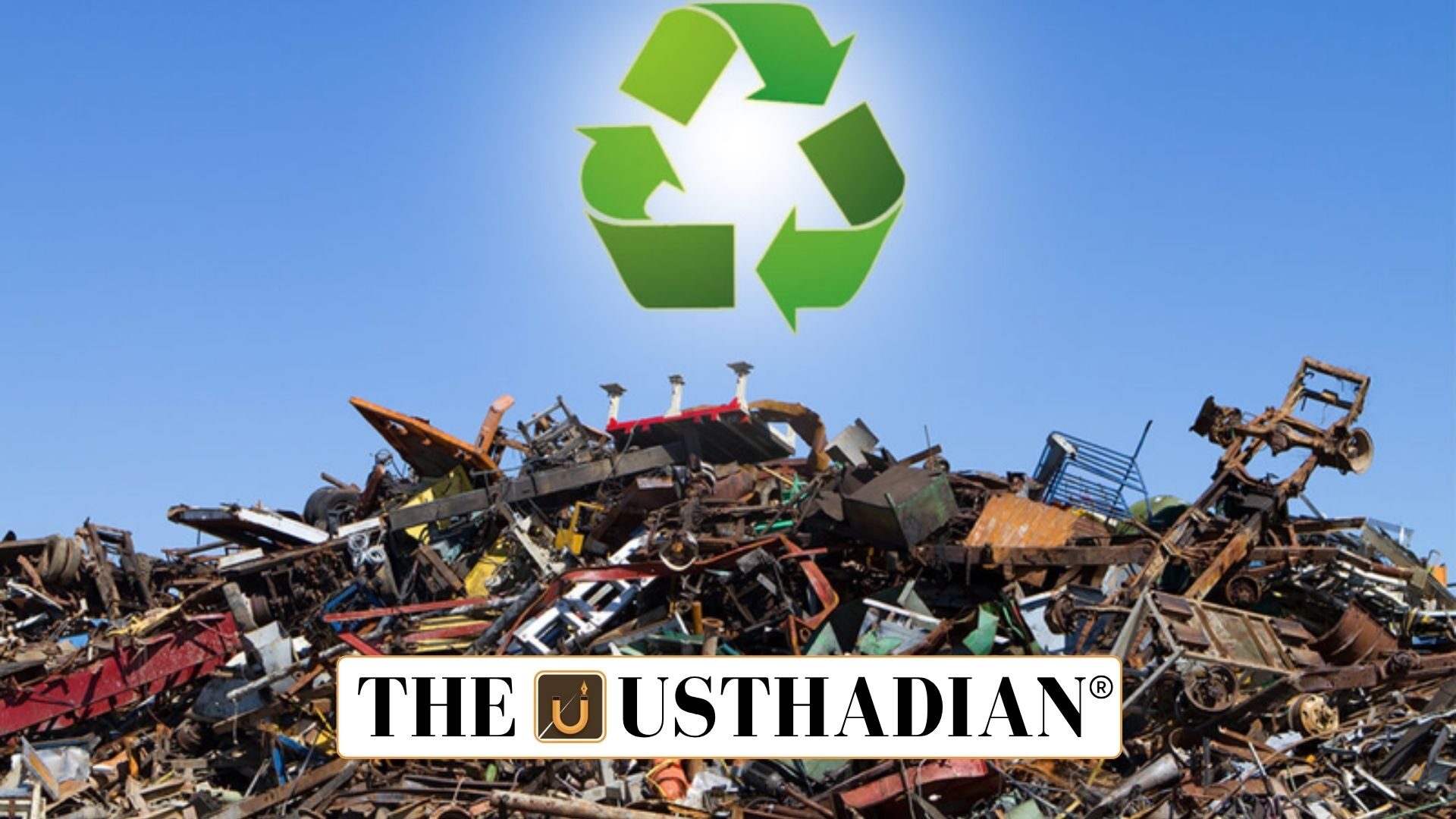Introduction
Steel Scrap Recycling Policy Report and Recommendations: The Standing Committee on Coal Mines and Steel has released its report on the Steel Scrap Recycling Policy (SSRP). The policy, notified by the Ministry of Steel (MoS) in 2019, focuses on promoting a circular economy and formalizing the steel scrap sector in India. The report highlights critical gaps and suggests a roadmap for strengthening steel scrap recycling.
Objectives of SSRP
The SSRP aims to implement the 6Rs—Reduce, Reuse, Recycle, Recover, Redesign, and Remanufacture—to achieve sustainable resource management. It seeks to establish formal and scientific methods for collecting, dismantling, and processing end-of-life products to extract recyclable ferrous, non-ferrous, and metallic scraps.
Static GK fact: India is the second-largest producer of crude steel in the world, after China.
Challenges Highlighted in the Report
The Committee identified several challenges hindering the sector’s growth:
- Lack of a comprehensive database on steel scrap.
- Absence of a designated nodal ministry for steel scrap matters.
- Inexistence of formal scrap markets.
- No industry status for the steel scrap recycling sector.
- Skill gaps and lack of certification for the scrap workforce.
- Use of obsolete technologies in processing centres.
Key Recommendations
The report calls for the creation of a robust database for steel scrap, with a dedicated online portal containing updated data on generation, usage, policies, and comparisons with global benchmarks. It recommends making the Ministry of Steel the nodal agency to compile and disseminate data, including state-wise and sector-wise information.
Formalizing the Scrap Sector
The Committee stressed the need to formalize the informal scrap sector, organizing dismantlers and kabadiwallahs into cooperatives for economic and social benefits.
Static GK fact: Informal sector workers make up over 80% of India’s total workforce.
Industry Status and Investment
Granting industry status to the scrap recycling sector would attract domestic and foreign investments, create jobs, and promote skill development. This status could also help integrate the sector with national manufacturing initiatives like Make in India.
Skill Development Initiatives
The National Skill Development Corporation (NSDC) should launch certification courses for scrap handling and train both workers and entrepreneurs to meet future industry requirements.
Technology Adoption
Scrap processing centres should adopt modern technologies such as AI-powered optical sensors, blockchain for scrap traceability, and digital platforms connecting aggregators with steel mills. These measures would improve efficiency, transparency, and quality in the recycling process.
Static GK Tip: The first Steel Scrap Recycling Policy in India was launched in 2019.
Static Usthadian Current Affairs Table
Steel Scrap Recycling Policy Report and Recommendations:
| Fact | Detail |
| Year SSRP was notified | 2019 |
| Nodal Ministry recommended | Ministry of Steel |
| Key focus of SSRP | Circular Economy (6Rs) |
| Main beneficiary of industry status | Scrap recycling sector |
| Skill development agency mentioned | National Skill Development Corporation |
| Modern tech suggested | AI-powered optical sensors, blockchain |
| Target workforce | Scrap handlers, dismantlers, entrepreneurs |
| Informal sector formalization | Cooperatives for kabadiwallahs and dismantlers |
| Major challenge identified | Lack of database on steel scrap |
| Global steel rank of India | 2nd largest producer |








